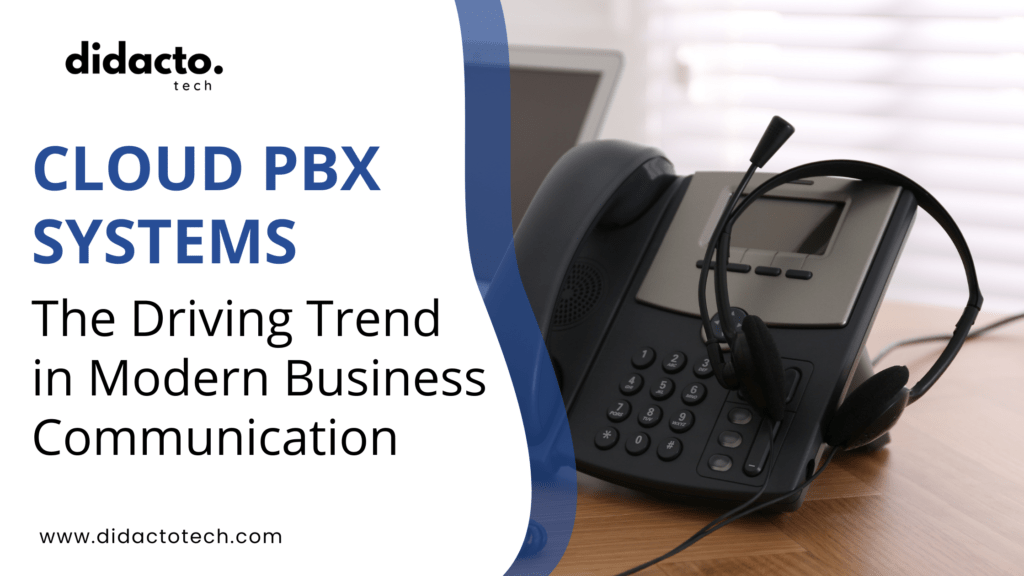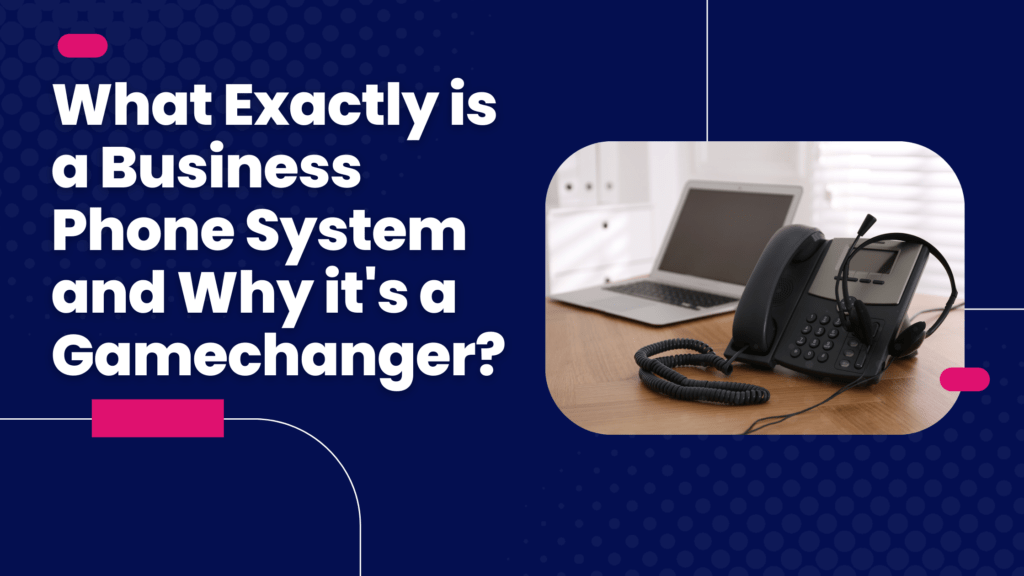Table of Contents
5G Integration and Advanced Connectivity
1. Ultra-fast data transfer and low latency
The integration of 5G technology in business phones is set to revolutionize data transfer speeds and reduce latency significantly. This advancement will enable professionals to download large files, access cloud-based resources, and stream high-quality content almost instantaneously. The improved speed and responsiveness will enhance productivity and efficiency in various business operations.
2. Improved video conferencing capabilities
5G technology will greatly enhance the quality and reliability of video conferencing. High-definition video calls with multiple participants will become the norm, without the issues of lag or poor connection. This improvement will facilitate more effective remote collaboration and virtual meetings, reducing the need for in-person gatherings and potentially decreasing travel expenses for businesses.
3. Enhanced mobile workforce productivity
The advanced connectivity provided by 5G will empower mobile workers to perform their tasks more efficiently. Field workers, sales representatives, and remote employees will have access to real-time data and resources, enabling them to make informed decisions and respond to client needs promptly. This enhanced connectivity will blur the lines between office-based and mobile work environments, leading to increased flexibility and productivity.
Artificial Intelligence and Virtual Assistants
1. AI-powered voice recognition and natural language processing
Business phones in 2025 are expected to feature advanced AI-powered voice recognition and natural language processing capabilities. These technologies will enable more natural and intuitive interactions with devices, allowing users to dictate messages, emails, and reports with high accuracy. The improved natural language processing will also facilitate better communication with clients and colleagues who speak different languages, as real-time translation becomes more sophisticated.
2. Automated scheduling and task management
AI-driven virtual assistants will become more prevalent in business phones, offering advanced scheduling and task management features. These assistants will be capable of analyzing users’ calendars, prioritizing tasks, and even negotiating meeting times with other parties’ virtual assistants. This automation will save time and reduce the cognitive load on professionals, allowing them to focus on more critical aspects of their work.
3. Intelligent call routing and prioritization
Future business phones will incorporate AI algorithms to intelligently route and prioritize calls based on various factors such as the caller’s identity, the user’s schedule, and the content of previous interactions. This feature will ensure that important calls are never missed while minimizing disruptions from less urgent matters. The system will also be able to provide contextual information about the caller and suggest appropriate responses based on the nature of the call.
Enhanced Security Features
1. Biometric authentication methods
As security concerns continue to grow, business phones in 2025 will likely incorporate advanced biometric authentication methods. These may include facial recognition, iris scanning, and even DNA-based authentication. Such measures will provide a higher level of security compared to traditional password or PIN-based systems, ensuring that sensitive business information remains protected even if the device falls into the wrong hands.
2. End-to-end encryption for calls and messages
End-to-end encryption will become a standard feature for all communications on business phones. This technology will ensure that calls, messages, and data transfers remain secure and private, protecting sensitive business information from interception or unauthorized access. The encryption protocols will be designed to withstand potential threats from quantum computing, ensuring long-term security.
3. Advanced threat detection and prevention
Business phones will be equipped with sophisticated threat detection and prevention systems. These will include real-time monitoring for malware, phishing attempts, and other cyber threats. The phones will also feature automatic software updates and patches to address newly discovered vulnerabilities, ensuring that the devices remain secure against evolving threats.
Augmented Reality (AR) Integration
1. AR-assisted remote collaboration
Augmented Reality technology will be integrated into business phones to enhance remote collaboration. This feature will allow users to create virtual workspaces, share 3D models, and interact with digital objects in a shared environment. For example, architects and engineers could use AR to visualize and modify building designs during conference calls, leading to more efficient and effective collaboration.
2. Visual voicemail and message display
AR technology will transform how voicemails and messages are displayed on business phones. Instead of traditional audio playback or text displays, messages could be presented as holographic projections or virtual notes in the user’s environment. This visual representation of information will make it easier to manage and prioritize communications, especially for users who process information more effectively through visual means.
3. Interactive product demonstrations during calls
Sales professionals will benefit from AR-enabled product demonstrations during calls. They will be able to showcase 3D models of products, allowing clients to interact with and examine items in detail, regardless of their physical location. This feature will enhance the sales process and provide a more engaging and informative experience for potential customers.
Unified Communications as a Service (UCaaS)
1. Cloud-based phone systems and scalability
The adoption of cloud-based phone systems will continue to grow, offering businesses greater flexibility and scalability. These systems will allow companies to easily add or remove users, adjust features, and manage their communication infrastructure without significant hardware investments. The cloud-based approach will also facilitate better disaster recovery and business continuity planning.
2. Integration with other business software and tools
Business phones will become more tightly integrated with other software and tools used in the workplace. This integration will allow for seamless data sharing between communication platforms, customer relationship management systems, project management tools, and other business applications. As a result, professionals will be able to access relevant information and perform various tasks without switching between multiple applications.
3. Multi-device synchronization and seamless transitions
UCaaS will enable seamless transitions between different devices and communication channels. Users will be able to start a conversation on their business phone and continue it on their computer or tablet without interruption. This synchronization will extend to shared documents, call histories, and messaging threads, ensuring a consistent experience across all devices and platforms.
Sustainability and Energy Efficiency
1. Eco-friendly materials and manufacturing processes
As environmental concerns continue to grow, business phone manufacturers will focus on using eco-friendly materials and sustainable manufacturing processes. This may include the use of recycled or biodegradable materials, as well as the implementation of energy-efficient production methods. These efforts will reduce the environmental impact of business phone production and align with corporate sustainability goals.
2. Extended battery life and power-saving features
Future business phones will feature significantly improved battery life and power-saving capabilities. Advanced battery technologies, coupled with more efficient processors and displays, will allow devices to operate for extended periods without recharging. Additionally, intelligent power management systems will optimize energy consumption based on usage patterns and user preferences.
3. Recyclable and modular phone designs
To address the issue of electronic waste, business phones in 2025 may adopt modular designs that allow for easy upgrades and repairs. This approach will extend the lifespan of devices and reduce the need for frequent replacements. Furthermore, manufacturers will likely implement comprehensive recycling programs to ensure that old devices are properly disposed of and their materials are reused in the production of new phones.
Conclusion
The latest technology trends in business phones for 2025 promise to revolutionize corporate communication. From voice-activated assistants and real-time language translation to blockchain-secured calls and AR features, these innovations will enhance productivity, security, and collaboration. As businesses prepare for the future, adopting these advanced communication tools will be crucial for staying competitive in an increasingly connected world.
To stay ahead of the curve, consider the following steps:
- Assess your current communication infrastructure
- Identify areas where these new technologies can provide the most benefit
- Plan for gradual implementation of these features
- Provide training to employees to maximize the potential of these new tools
- Stay informed about emerging trends and updates in business phone technology
By embracing these cutting-edge features, your business can streamline operations, improve security, and foster better communication both internally and with clients. The future of business phones is exciting, and the potential for increased efficiency and productivity is immense. Are you ready to take your business communication to the next level?
Learn more about why your business should switch to IP phone systems today: A Comprehensive Guide





Pingback: Affordable and advanced business phone systems for small businesses in 2025
Pingback: The Ultimate Guide to Choose the Right Business Phone Systems